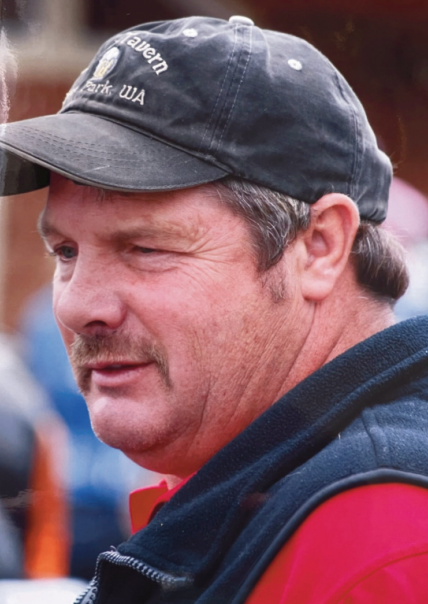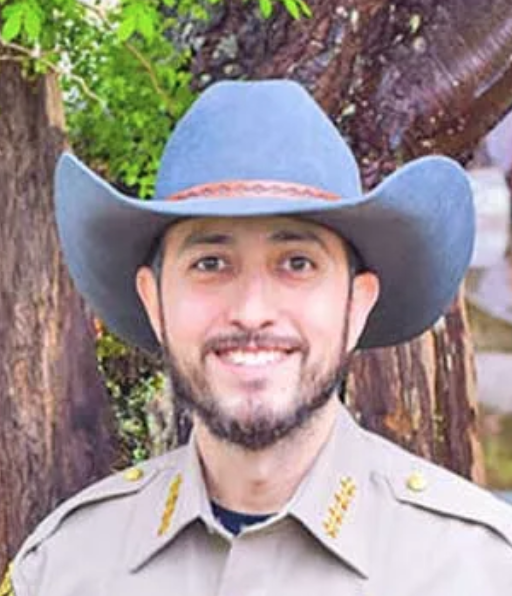WDFW OKs north Pacific County clam dig beginning Nov. 22
Published 9:34 am Friday, November 16, 2018

- After a die-off in the winter of 2017, razor clams are in short supply on the Long Beach Peninsula.
OLYMPIA — Razor clam diggers can return to some ocean beaches (not including the Long Beach Peninsula) for a four-day opening beginning Nov. 22.
Trending
State shellfish managers with the Washington Department of Fish and Wildlife approved the dig on evening low tides after marine toxin tests showed the clams are safe to eat. No digging will be allowed on any beach before noon.
The upcoming dig is approved on the following beaches, dates, and evening low tides:
• Nov. 22, Thursday, 5:55 p.m.; -0.7 feet; Twin Harbors, Copalis
Trending
• Nov. 23, Friday, 6:36 p.m.; -1.1 feet; Twin Harbors, Mocrocks
• Nov. 24, Saturday, 7:20 p.m.; -1.3 feet; Twin Harbors, Copalis, Mocrocks
• Nov. 25, Sunday, 8:05 p.m.; -1.3 feet; Twin Harbors, Mocrocks
“Twin Harbors” is the beach from the mouth of Willapa Bay in Pacific County to Westport in Grays Harbor County. The Long Beach Peninsula remains closed due to small clam sizes.
Dan Ayres, WDFW coastal shellfish manager, recommends that diggers hit the beach about an hour or two before low tide for the best results.
Diggers want to be sure to come prepared with good lighting devices and always keep an eye on the surf, particularly in the fall when the best low tides come after dark, he added.
WDFW has tentatively scheduled another dig for Dec. 6-9, pending results of future toxin tests. More information on planned digs can be found on WDFW’s razor clam webpage at wdfw.wa.gov/fishing/shellfish/razorclams/.
All diggers age 15 or older must have an applicable 2018-19 fishing license to harvest razor clams on any beach. Licenses, ranging from a three-day razor clam license to an annual combination fishing license, are available on WDFW’s website at https://fishhunt.dfw.wa.gov and from license vendors around the state.
Under state law, diggers at open beaches can take 15 razor clams per day and are required to keep the first 15 they dig. Each digger’s clams must be kept in a separate container.









